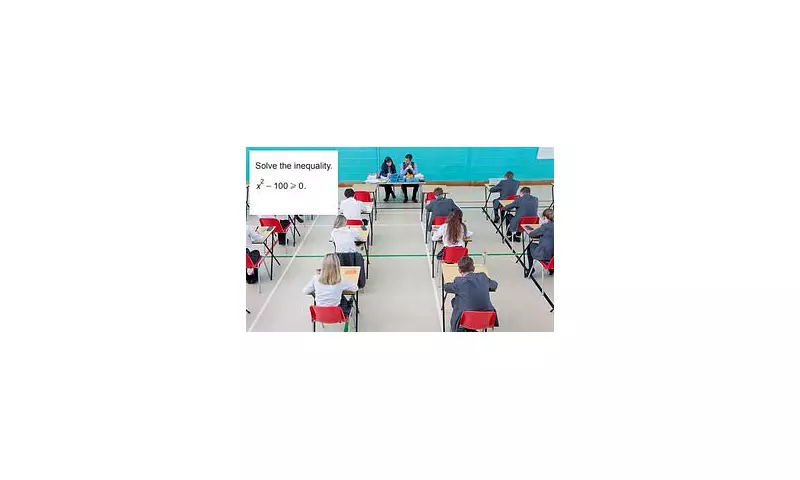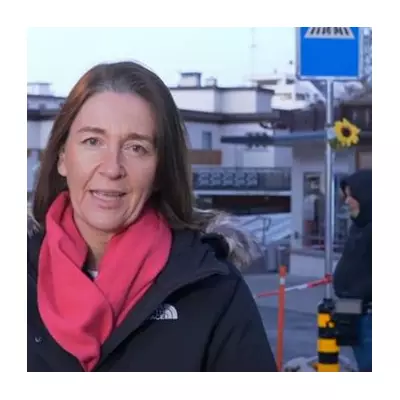
A deceptively simple algebra question from a real GCSE maths paper is causing widespread bewilderment online, proving that many adults' numeracy skills might not be as sharp as they think.
As students across England, Wales, and Northern Ireland receive their long-awaited GCSE results, a viral challenge is putting the public's knowledge to the test. The question, sourced from a legitimate past paper, appears straightforward but has a failure rate of nearly 90% among adults who attempt it.
The Question That Broke the Internet
The problem presents a rectangle with a shaded corner and provides algebraic expressions for its various sides. The task is to show that the total area of the shaded region can be expressed as a simple quadratic equation: a² + b².
Social media platforms are flooded with comments from exasperated users. 'I have a degree and this has finished me off,' one person admitted. Another confessed, 'My brain just cannot compute this at all.' The consensus is clear: this is no easy task.
Why This Question is So Tricky
The challenge lies not in complex calculus or advanced theorems, but in applying fundamental geometry and algebra in an unfamiliar configuration. It tests the ability to:
- Deconstruct an irregular shape into manageable parts
- Correctly assign given algebraic expressions to each length
- Formulate and simplify an area equation without errors
This exact type of problem-solving is at the heart of the GCSE maths curriculum, designed to assess logical thinking and application of core principles.
A Nation's Numeracy Crisis?
The collective struggle with this question highlights a broader concern about adult numeracy in the UK. Many commenters pointed out they hadn't encountered such problems since their own school days, and skills had clearly faded.
This viral phenomenon arrives amidst ongoing national debates about the difficulty of GCSEs and whether grade boundaries accurately reflect student capability.
The Step-by-Step Solution Revealed
For those desperate for the answer, the solution involves calculating the area of the entire rectangle and subtracting the area of the two unshaded right-angled triangles. After this subtraction, all terms except a² and b² cancel out, elegantly proving the required expression.
While the solution is satisfyingly neat, the path to getting there requires careful setup and algebraic manipulation—a true test of foundational maths skills.
So, as a new generation celebrates their results, perhaps it's time for the rest of us to dust off the old textbooks and acknowledge that maybe GCSE maths isn't quite as easy as we remember.





